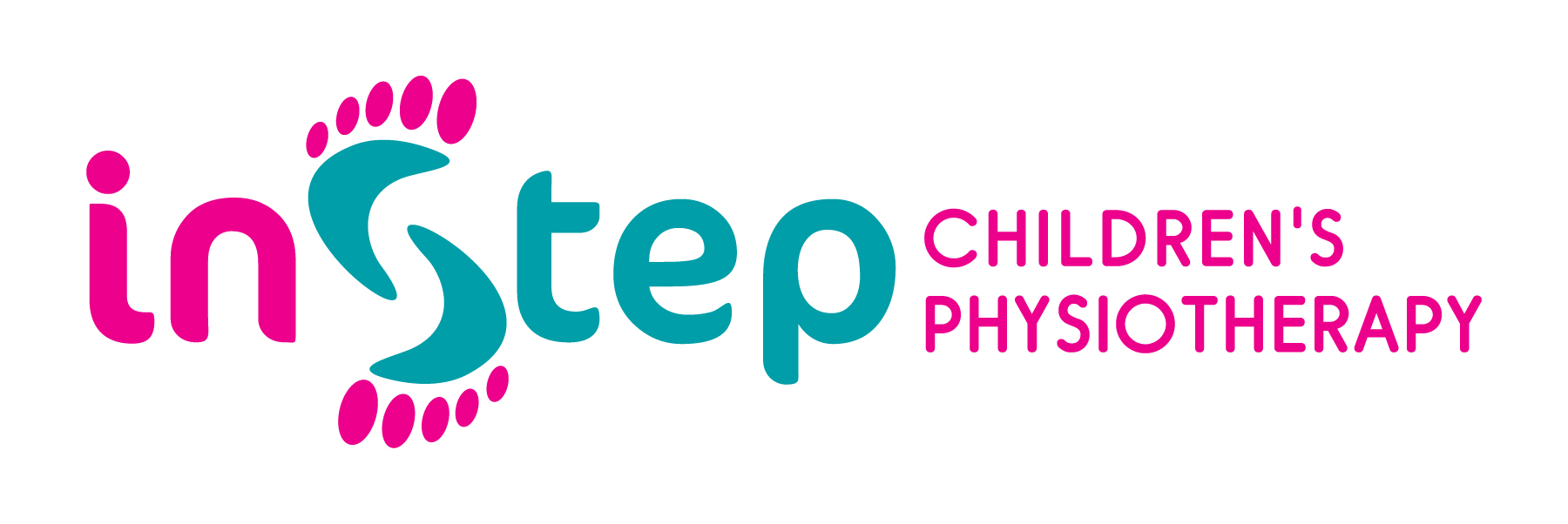This is a topic that comes up a lot, both in my physio clinic when parents come to see me if they have concerns about the fact their child isn’t moving or (the ideal method) when I bring it up in my follow up developmental class (after the baby massage sessions). It seems fairly logical to grownups, the importance of being able to move independently however when it comes to babies, parents always seem shocked when I explain that we also want our toddlers to be independent in how they move and explore their environment.
Through the classes that I teach from very early on and through baby massage, I really highlight the importance of a #TummyTime for play, however the majority of parents and babies that I do not have the opportunity to work with, are not encouraged with the same message by other healthcare professionals. Why I believe #TummyTime needs to start from day 1 can be read by clicking here.
Following on from shouting about #TummyTime, comes the next hurdle which is the focus of today’s blog. It’s widely accepted that a baby starts to sit at about six months and this can be correlated with the start of taking solids whilst sitting in a supported highchair. Most babies love to be supported in sitting, you will often get lots of positive feedback from your baby through smiles/giggles. The benefit of being able to see the world horizontally with minimal effort, is great!
The key point once you commence supported sitting with your baby, is eventually they need to be able to transition which means move between sitting and no longer sitting. The area where this can become problematic, is when parents starting pulling their child into sitting, or always placing them into sitting, the baby is not always given the opportunity to discover the skills required to move into sitting/out of sitting by themselves.
Developmentally, we are looking for babies to learn this transition between postures (into and out of sitting) from the age of 6-9 months, based loosely on other important milestones such as TUMMY TIME and pushing up onto all 4’s (quadruped). The development of these essential skills, can only be practised and learnt by the use of floor time for play and avoiding too much container use (such as bouncers/walkers/car seats).
As a paediatric physio, I want to avoid anything that encourages a static or still posture, as the baby continues to grow we want to see an evolving pattern of mixtures of movements to allow independence and exploring of their environment. However what I have seen in my experience of babies coming to therapy, when the question is raised of “can your child get into sitting by themselves?” vs the perceived expectation of “can your child sit independently?.” The alarm on the parents face is usually evident, as the two questions are very different.
There are numerous developmentally important skills that are created from learning to sit independently, this fairly static posture is great if the toy they are playing with, is within their reach. However not being able to transition out of sitting, is not overly useful if a toy is on the other side of the room or they fatigue with sitting and want a change of position. Another key aspect to highlight here is that that transitioning between sitting and being back on the floor, crucially involves a period of being on hands and knees which we know is an exceptionally difficult coordinated activity in terms of muscle control and a mixture of both flexors and extensors.
Sadly the situation that usually transpires within my physio clinic, is the understanding from parents that without the baby having the repertoire of skills to get into and out of sitting, their future gross motor development maybe impacted. As part of therapy, I focus on teaching the parent the break-down of skills needed to transition, this would usually involve the child starting on their back rolling onto the tummy transitioning onto all fours and then rotating into sitting and then the same for them wanting to get out of sitting once they’ve had enough. You can see an example of this transition by clicking on this video. https://www.youtube.com/watch?v=djMnqudmjWo&sns=em
Just like shouting about #TummyTime, I believe it is equally important for growing babies to be able to move between postural sets and not be stuck in static positions. It is imperative parents gain an understanding of how normal movement evolves, so that we can ensure your child learns to explore his/her environment independently.
If you have concerns about how your child is progressing developmentally, please feel free to get in touch and an appointment can be arranged, to allow an individualised assessment and treatment plan for your baby.

